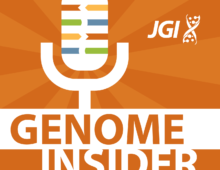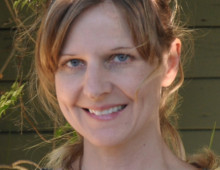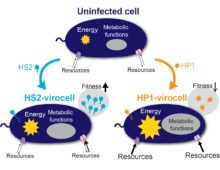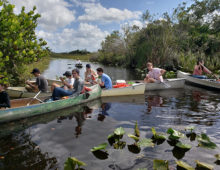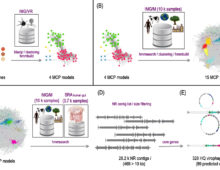Genome Insider is available on Apple Podcasts, Google Play,
Spotify, iHeart Radio , and TuneIn Radio. Subscribe today!
The Genome Insider podcast presents research by Gary Trubl, a virologist at Lawrence Livermore National Lab. He’s using bioinformatics and isotopes to track how viruses in the thawing arctic influence the flow of soil carbon. JGI is a user facility of the Department of Energy (DOE) Office of Science and located at the Lawrence Berkeley National Laboratory in Berkeley, CA.
